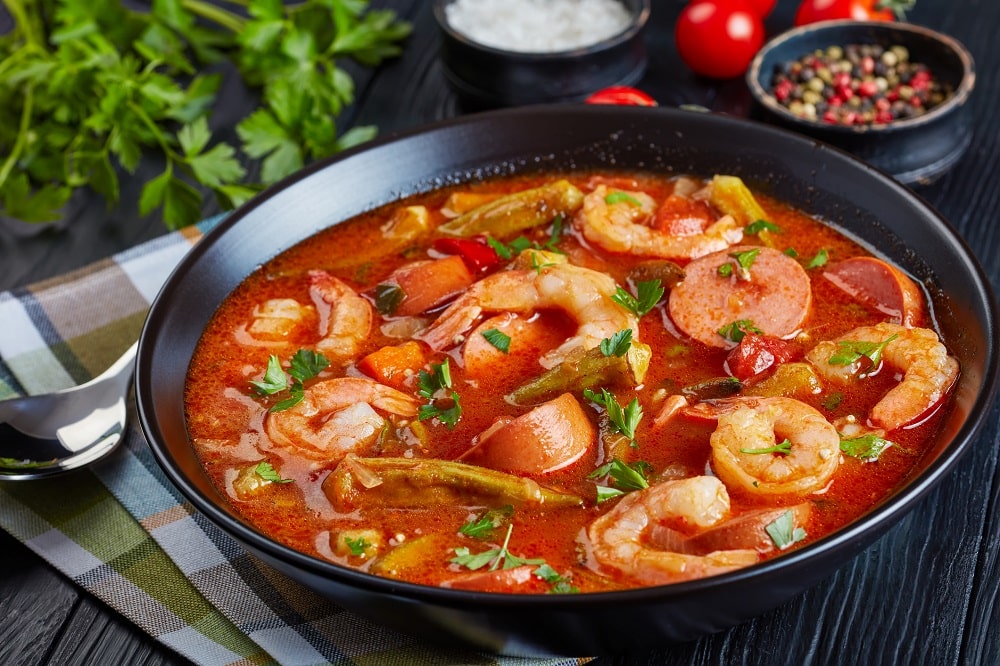
What is gumbo?
Gumbo is a type of strongly seasoned stew that originates in the US – specifically, in the state of Louisiana.
It is made from a hearty stock, meat or seafood (ranging from chicken and duck to rabbit and oysters), and specific vegetables (the Creole “holy trinity” of onions, celery, and bell peppers. Some seafood gumbo recipes include tomatoes.)
History of gumbo
Gumbo’s origins have been influenced by several different cultures. For instance, Cajun spices are used and cooks tend to use okra for thickening the recipe.
African, Spanish, and Native American influences are also present. The first gumbo was described around 1800 but it became very popular in the 1970s after it was added to the menu in the US Senate dining room.
What makes gumbo bitter?
- Overdone roux
Roux is a cooked paste of fat – butter or other fat – and flour used to thicken a dish. For gumbo to have the deepest, most intense possible flavor, the roux should be cooked until it attains a nutty brown color.
Take it past this, though, and your roux will burn and become bitter. It will impart a bitter taste to the whole dish.
To prevent this, substitute butter for vegetable oil or lard because once butter reaches a certain temperature, the fat and milk solids separate. The solids burn before the desired color is reached.
- Tomatoes
Not every gumbo recipe uses tomatoes, but some Creole versions do. If your tomatoes are acidic, this can give the gumbo a bitter flavor.
To avoid this, use Roma tomatoes and make sure they are very ripe. Add a teaspoon or so of sugar to balance the bitterness/tartness of the tomatoes.
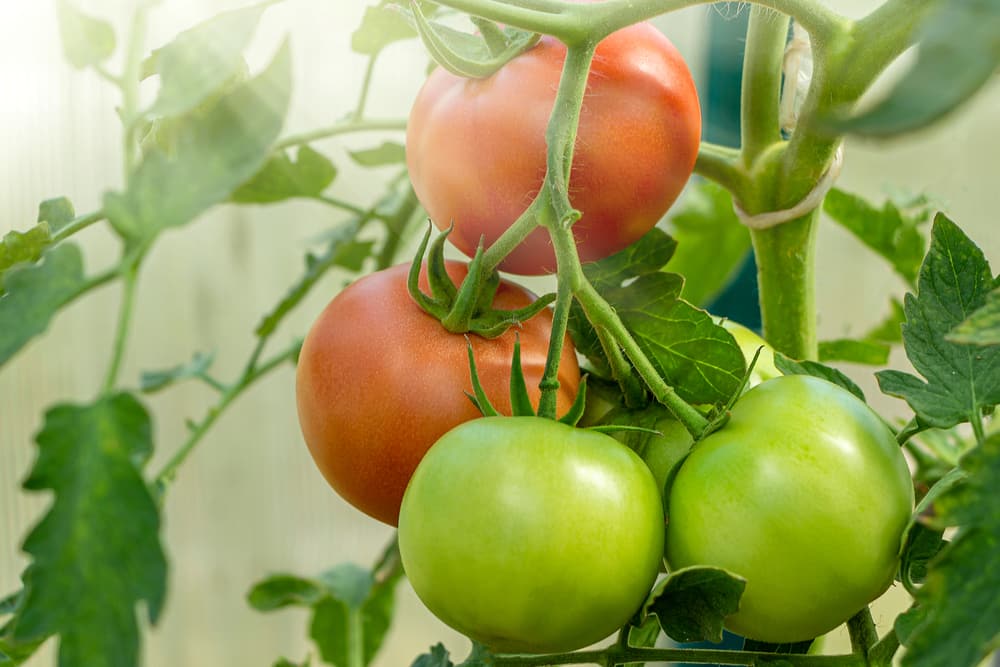
- Green bell peppers
Gumbo relies on the “holy trinity” of vegetables – onions, celery, and green bell peppers – for authenticity. However, some green bell peppers can be bitter, especially if they are undercooked or small and unripe.
To avoid this, cook the vegetable mix long and slowly. Also, select bigger, lighter green peppers for your recipe. As an aside, please don’t make a gumbo with the French mirepoix of veg, namely onions, celery, and carrots. This is not authentic.
- Burnt garlic
While some say that a traditional gumbo should not contain garlic, many of the modern recipes call for it. No problem – just make sure that you add it later rather than sooner.
Garlic burns very easily when fried due to its high sugar content, so be very careful if adding it when frying your onions. Rather add it after the vegetables have cooked down as it becomes bitter when burnt.
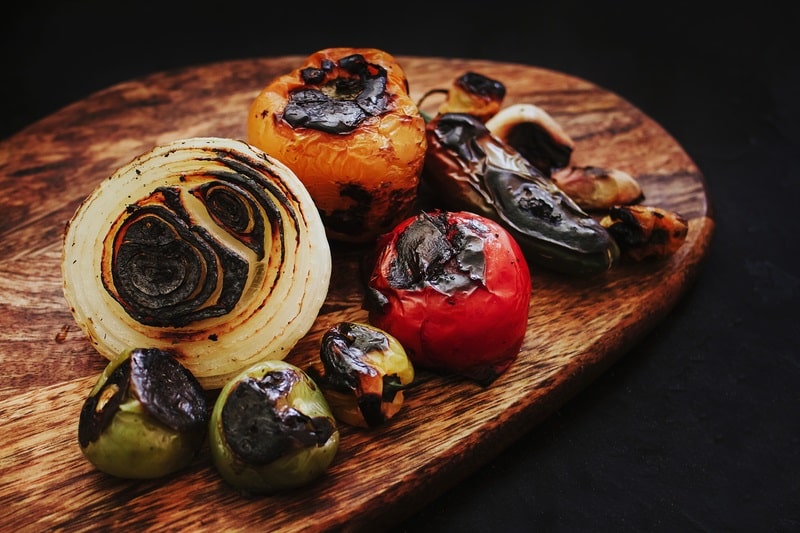
- Okra handled incorrectly
Some people say that okra is one of the worst vegetables ever grown. Some chefs refuse to work with it! It has a slimy consistency and can become very bitter if not cooked correctly.
To remove this bitterness, blanch the okra before cooking it. This removes some of the bitter oxalic acid contained in the vegetable.
To blanch it, don’t cut it first. Soak the whole okra in cold salted water for about ten minutes to remove any dirt. Then, boil a pot of water and drop the okra in. Drain immediately and refresh in iced water. Now use the okra as your recipe instructs.
5 Ways On How To Fix Bitter Gumbo
1. If you suspect that your roux was a little burnt, add half a peeled potato to the stew when adding the stock.
Leave it in while the gumbo cooks and remove it before serving. This should help absorb some of the bitterness.
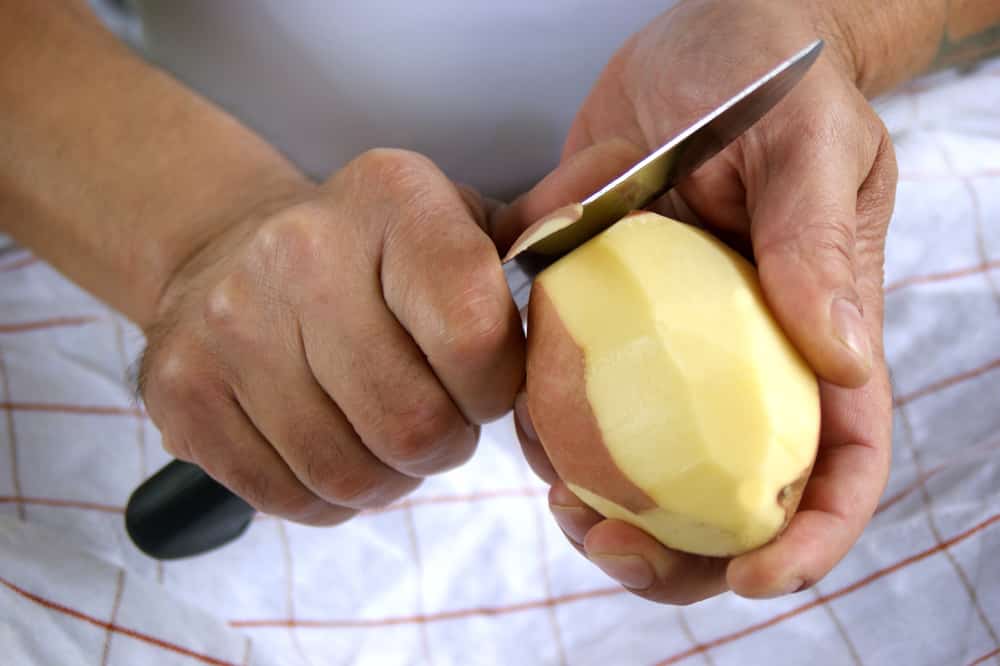
2. Use the sweet silkiness of cream to balance the bitterness in your gumbo. Simply swirl a couple of spoonfuls through each plateful before serving.
3. Add a teaspoon or two of white sugar to the gumbo to balance out the bitterness. This works particularly well with tomato-based gumbos.
4. Fat naturally masks bitterness in a dish, so add some butter or olive oil to the finished gumbo.
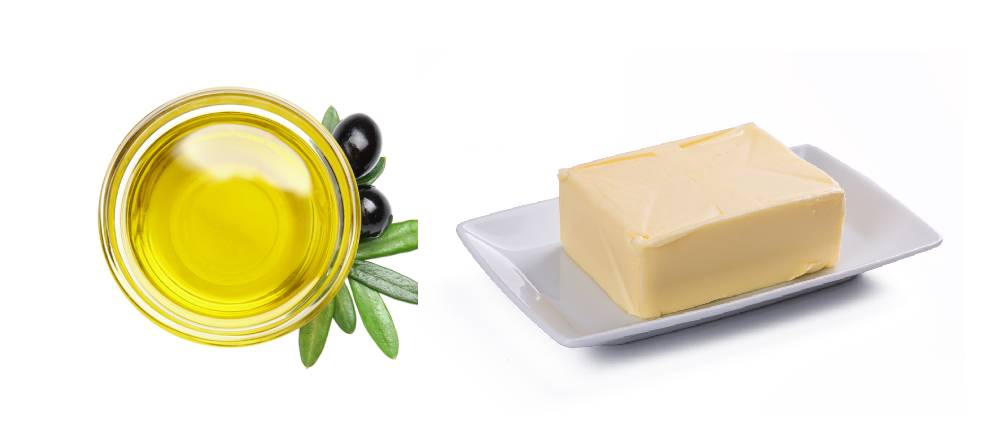
5. Salt counteracts bitterness as well so add a pinch or two at the end of the cooking time. Just be careful not to overdo it.
We hope these tips will help you to serve up a delicious, authentic gumbo with no trace of bitterness. Let us know how yours turns out. We’d love to hear from you in the comments section!
